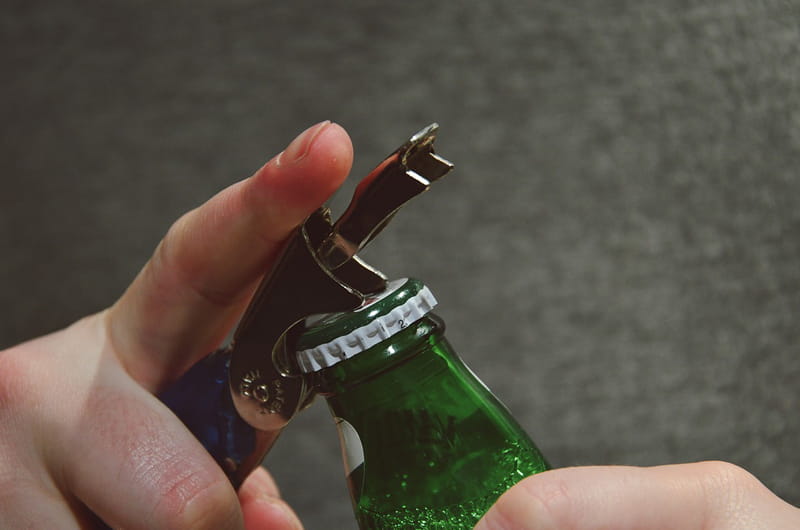Drinking, DUI Crashes Down Among Pennsylvania Youth, State Workgroup Says
 By Frank Otto
By Frank Otto

- Drexel Selects New, World-Class Life Sciences Building at 3201 Cuthbert Street for Medical Research Operations
- Breakthrough on Gene Therapy for Hereditary Spastic Paraplegia
- Drexel Environmental Collaboratory Releases Cross-Sector Findings on Severe Weather Recovery Challenges
- Drexel Launches the Manuel Stamatakis Center for Alternative Investments at the LeBow College of Business

A new report by a state panel found encouraging downward trends in alcohol use, drunk driving crashes, and alcohol-related arrests and punishment among Pennsylvania youths.
From 2011 through 2015, there has been a steady decline in drinking among 12–17 year-olds of 18 to 20 percent, according to the Pennsylvania State Epidemiological Outcomes Workgroup (SEOW) report (PDF).
“This is a promising trend,” said Philip Massey, PhD, assistant professor in Drexel University’s Dornsife School of Public Health and chairman of the workgroup, who led the data collection and analysis process for the project.
The report comes at an important time because it shows trends in youth drinking behavior right before the 2017 implementation of Act 39, which further privatized alcohol licensing in Pennsylvania and allowed for wine-to-go sales in restaurants and convenience stores.
Prior evidence that suggested a link between measures that expand liquor sales (such as Act 39), alcohol consumption levels, and health risk factors served as one of the motivations for putting together the data brief.
“This report provides a baseline for us to compare future trends in the same youth indicators,” Massey explained. “We can ask whether we see any changes and, if so, to what degree and in what direction.”
To gauge how many teens drink regularly, the report analyzed data on how many 12–17-year-olds reported using alcohol in the 30 days before they were surveyed.
In addition to that, the report included data on crashes involving underaged drinkers between 2010 and 2016 and found a 41 percent decline, moving from 7.96 per 100,000 in population to 4.72.
When looking at arrest rates, significant declines occurred between 2010 and 2016, as well. DUI and public drunkenness arrests fell from a high of 11.7 (per 100,000 under 18-years-old) to 7.1 — a 39 percent decline — and from 219.6 (per 100,000) to 88.7 in arrests for liquor law violations, a staggering 60 percent drop.
Additionally, rates of school expulsions as a result of alcohol or drugs dropped from 35.9 (per 100,000 students) in the 2009–10 school year to 24 in 2015–16, a 31 percent decline.
All of these numbers look like good news.
“These trends are very encouraging and the fact that they are seen across multiple indicators suggests a systemic and sustained change,” Massey said.
But it’s important to keep an eye on these numbers as more establishments capitalize on the changes to Pennsylvania’s liquor laws.
“It is not apparent how (or even if) the increased availability of wine and spirits will impact the trends we see in youth, as this population cannot purchase alcohol legally,” Massey said. “That said, it is important to understand potential factors or paths that could contribute to changes, such as enforcement of laws to prevent alcohol sales to underage persons or alcohol availability at home.”
In This Article
Contact
Drexel News is produced by
University Marketing and Communications.